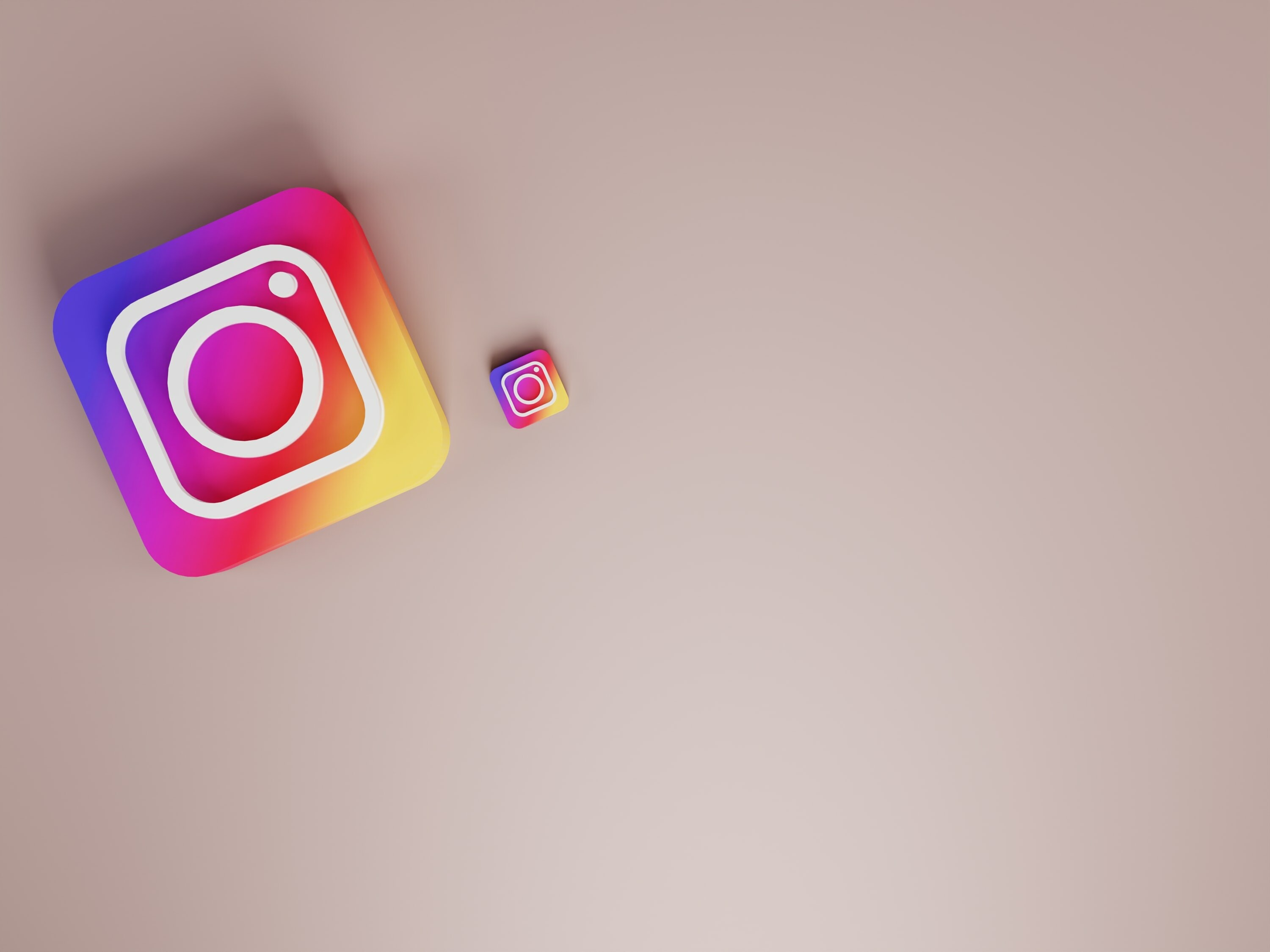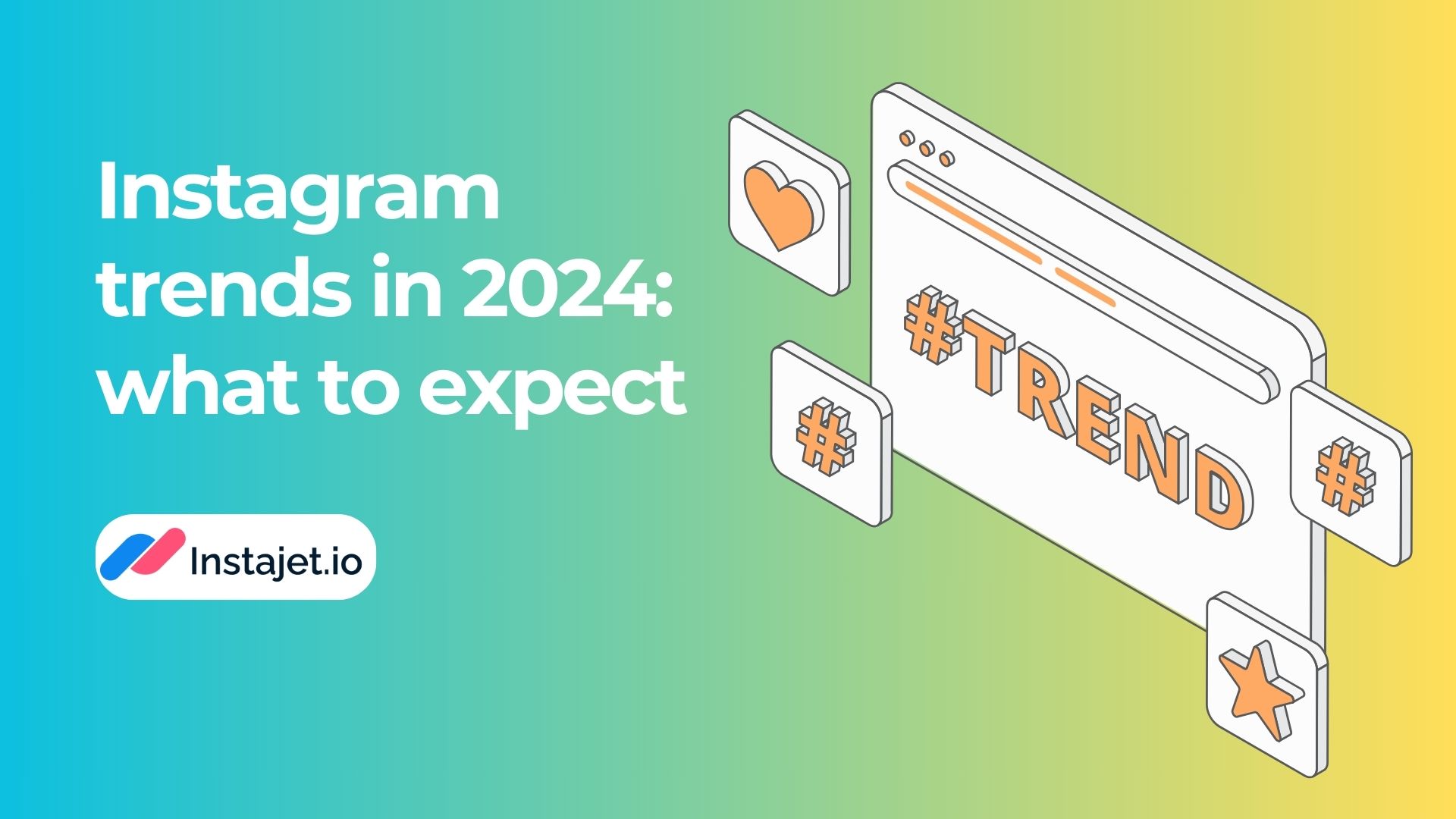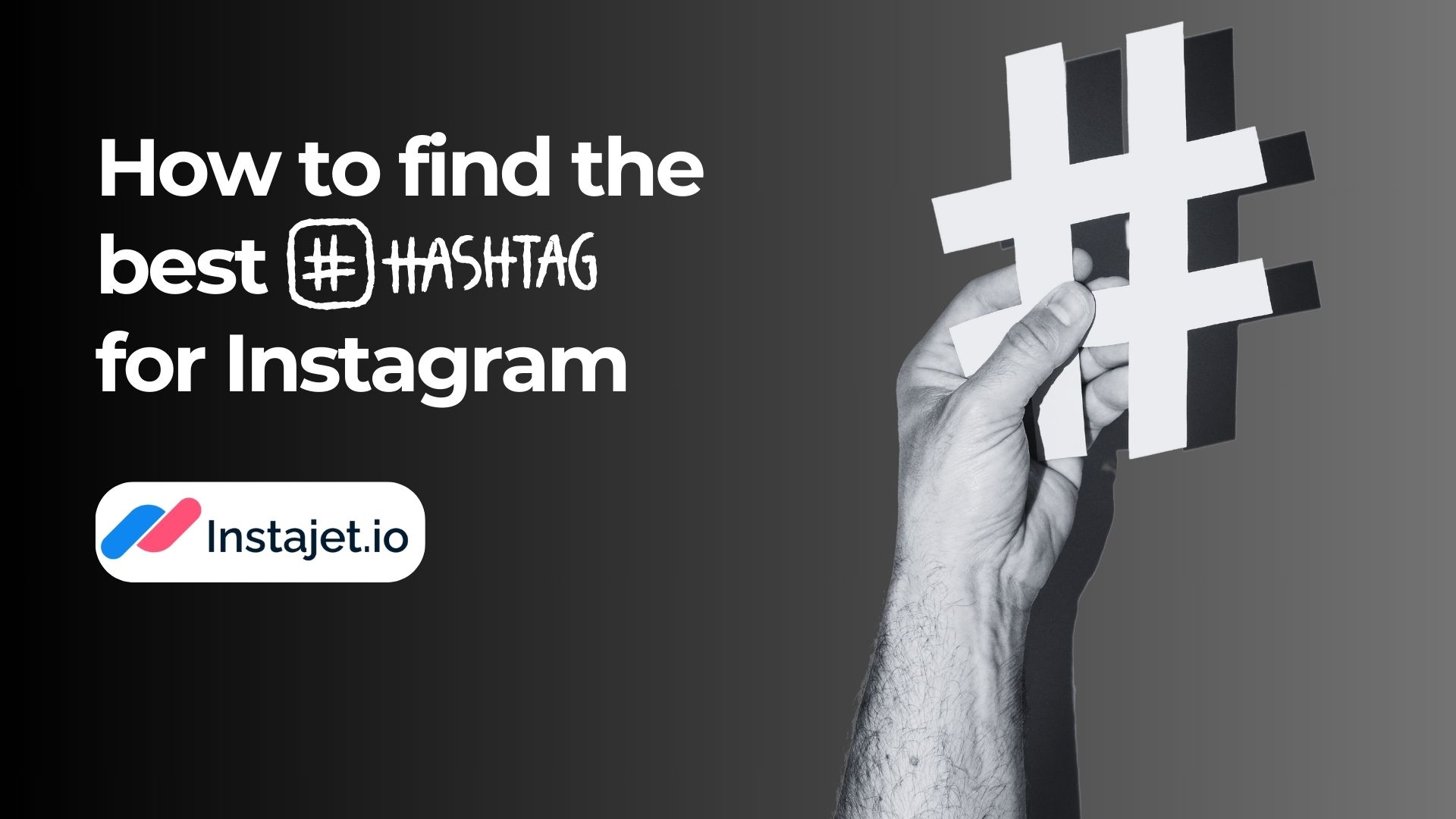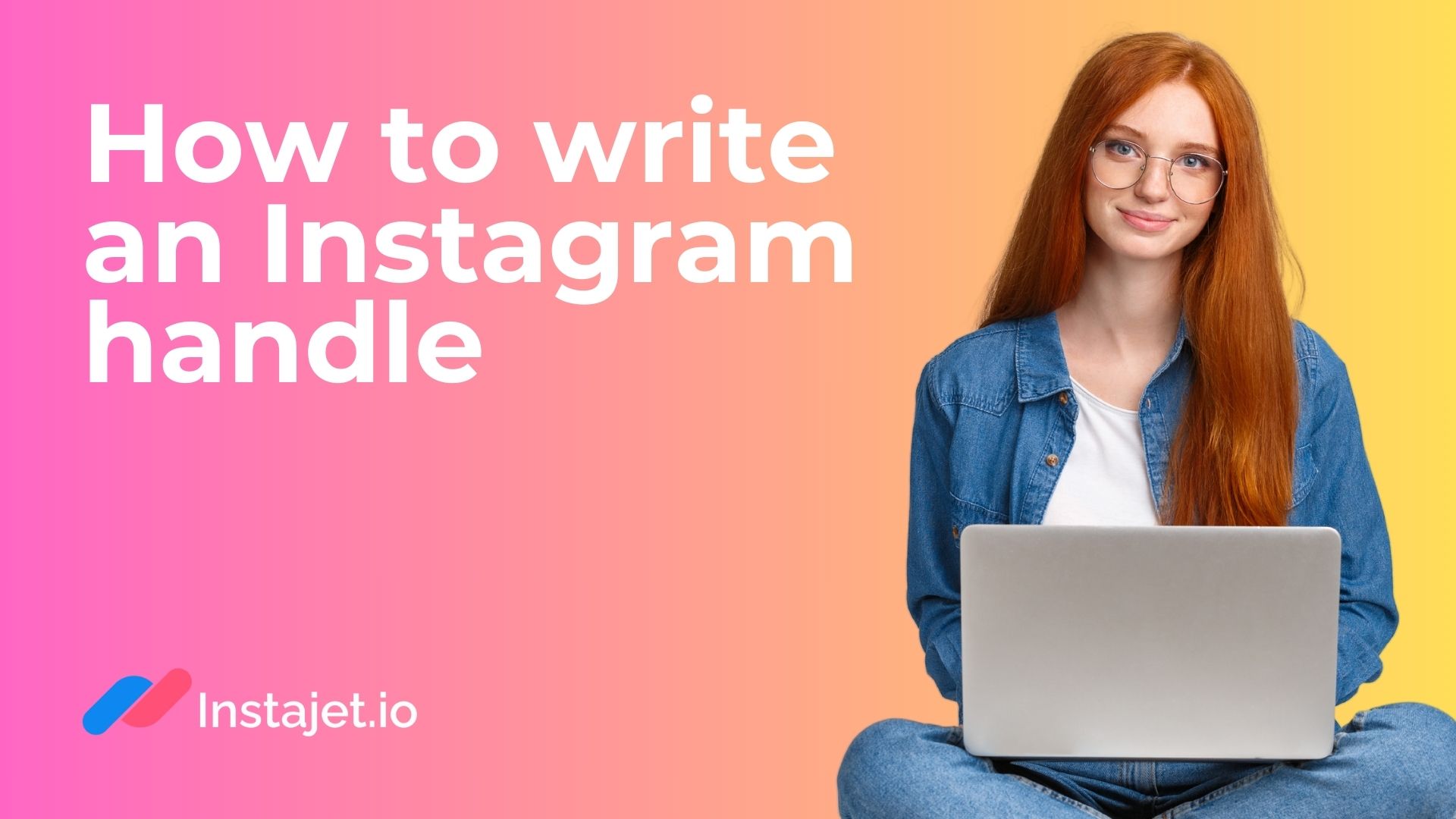Influencer marketing is one of the most effective tools for online brand promotion, and it will continue to grow worldwide in the coming years.
According to eMarketer - digital marketing researchers, spending on Influencer marketing in the U.S. will grow 12.2% in 2022 to $4.14 billion. And in 2022 and 2023, the budget will continue to grow at an annual rate of 11-12%, approaching $5 billion.
Let’s break down what is influence marketing, what tasks it performs and how to successfully use it to promote your business.
1. Let's analyze what is influencer marketing
Influencer marketing is all about connecting a brand with its target audience through influential bloggers - opinion leaders or influencers. If you’ve ever bought a product that a favorite blogger recommended, you’ve become a “victim” of influencer marketing.
If an Influencer keeps a close connection with his or her audience, even mentioning a product or project and thinking about it can inspire subscribers to buy something or participate in recommended events.
Some brands use influencer marketing as their main and even only method of promotion. For example, let’s look at the history of the sportswear brand GymShark. Ben Francis, the brand’s founder, promoted his startup only through fitness bloggers on TikTok and Instagram. The entrepreneur gave away free products to athletes, which they flaunted on social media. So, in 2013, Gymshark’s revenue from online sales was at $500,000, and by 2017, they had made $52 million.
Influencers used to be screen stars, but today people from the local bloggers and micro-influencers - opinion leaders with a small but quality audience, often with blogs in a narrow subject area, can also build reputations.
Benefits of influencer marketing
-
👉 Naturalness. Ads can be natively embedded in the content, so they may not even be perceived as advertising. Users want to know what products the favorite blogger ordered from the advertised store, what benefits he sees and how he/she uses them.
-
👉The ability to target ads to the right audience. If you pick influencers whose audience matches your customers, you can get very targeted traffic. In such cases, the conversion rate will be higher than in other types of promotion.
-
👉Probability of free advertising. If the blogger liked the product, he can continue to use it and periodically remind subscribers.
-
👉Feedback from the blogger’s audience. Subscribers often share feedback with bloggers on a product they’ve purchased on their recommendation. Thanks to this you can get useful data from new customers - reviews, complaints, compliments. For this purpose, it is useful to look at the comments under the advertising materials.
But the biggest advantage of influencer marketing is that it generates more credibility, and the sales funnel can be reduced to two stages:
1. Selling content from the blogger.
2. A purchase on the site or through personal messages.
Influencer marketing gives you access to a particular blogger's audience that follows him or her closely. You communicate with it through an intermediary that the audience already knows and trusts.
Research data from IOM Anketolog, a market research and survey platform, shows that people view bloggers more positively:
And also trust the information that influencers broadcast on their resources:
2. Let's denote the tasks that need to be solved
Influencer marketing is used to increase brand awareness and sales. Let’s consider a detailed list of tasks that this type of promotion can solve:
👉 Increase the number of leads (if you use influencer marketing as a step in the funnel);
👉 improve brand recognition;
👉 improve reputation;
👉 increase the level of trust;
👉 increase or create a demand for the product;
👉 introduce a new product to the market;
👉 improve audience awareness of the product;
👉 bring customers to the website;
👉 increase the number of subscribers in the business profile;
👉 show the benefits of the purchase;
👉 work off objections;
👉 present a temporary promotion;
👉 increase confidence in the company;
👉 reach a new market segment.
You may also have your own unique objectives that you want to solve through influencer marketing.
The choice of site and blogger, the format of the collaboration and the call to action at the end depend on the objectives. For example, if you want to increase the number of subscribers, cooperate in the format of a contest on the blogger’s page, where one of the conditions will be to subscribe to your account:
If you need immediate sales, a good solution is a product overview or description of benefits with a call to buy the product and instructions on where and how to do it.
3. Preparing for a flood of targeted traffic
In order for the advertising campaign to be effective, you need to prepare the site and social networks before the launch.
What you need to do BEFORE the blogger's ad is released
👉 Look at your site and social media account through the eyes of a potential client: what might be unclear to him, what targeted actions he should take, whether he has a reason to stick around and study the offer further.
👉 As an option, make a special offer and spell it out in the profile's header/main banner on the site/pop-up, in the last three posts or on the landing page.
👉Consider what to do if many orders come at once - where to get more products and working resources.
👉Write scripts to work with the new audience that came from the blogger’s ads.
👉Prepare to be on site and promptly respond to new customers as the ad comes out.
Ideally, all your resources should convey the same idea and information and be in the same style.
In order for the advertising campaign to be effective, you need to prepare the site and social networks before the launch.
If you are advertising for a particular promotion, when you go to your resource, information about it should immediately catch the eye of a potential customer.
Even if you get the best advertising, and potential customers have already prepared the money to buy the product, but are stumped by an unworkable form of payment or non-obvious chain of actions - advertising will only go to the detriment.
Below are two checklists - for the site and for social networks - with important points on preparation. Check if you have provided for all items.
Checklist for the site
-
👉The site has contacts, address, office hours.
-
👉There is an information about products.
-
👉The mobile version works well.
-
👉The site loads quickly in any version.
-
👉There are prices and a convenient payment system.
-
👉Product pictures are large and of high quality.
-
👉The content of the landing page corresponds to the advertisement.
-
👉There is a section for frequently asked questions.
-
👉Tools for tracking traffic on the site are installed - Google Analytics, as well as connected Facebook pixel.
If you can’t make a separate page for the promotion, you can simply add a banner on the home page. The banner can be created with Canva using the templates below. Just substitute your own text, photo, change colors.
Social media checklist
-
👉Profile page is designed (each social network has its own requirements): cover, avatar, description, link to the site.
-
👉The profile makes it clear what the company does.
-
👉It is possible to find the address and office hours.
-
👉In the information block, you can see what the company does and what you can find on the page.
-
👉The possibility of sending a message is connected, an answering machine is connected.
-
👉There are reviews or the possibility to leave a review.
-
👉Publications are published at least once a week.
-
👉There are at least 10 publications.
-
👉According to the publications, you can understand what the company does.
-
👉If you are waiting for a specific action - there is a Call-to-Action - a call to action. For example, to go to the site or call.
4. Choosing a blogger
The choice of a blogger is closely related to the characteristics of the brand and the objectives that you set for influencer marketing. It depends on:
👉 Popularity: nanoblogger (under 10,000 subscribers), microblogger (under 100,000 subscribers), macroblogger (under 1 million), million-dollar blogger.
👉 The blogger’s content: does he do video reviews, does he organize contests, is he ready to become a brand ambassador.
👉 The style of the blogger and his TOV (tone of voice): rude, pathetic, from the people, sporty, intelligent.
According to Influencer Marketing Hub research, 68% of companies choose Instagram as the main platform in their influencer marketing strategy. TikTok on the second place, with 45% of brands using this social network to engage with bloggers. So, let’s explain how to choose a blogger, using Instagram as an example.
Where to find a blogger
There are 2 popular ways:
👉by hashtags on the platform,
👉in special services and platforms.
Searching by hashtags is a good option if you are looking for a blogger from a certain city or a certain focus: #bloggerparis or #fitnesstrainer, #healthylife.
On advertising exchanges, it is convenient to collect a “set” of bloggers for advertising at once - there are usually prices, information, and you can find or request examples of their work.
InstaJet - a universal platform for finding Instagram Influencers, placing ads in posts, and collecting final analytics.
What to check on a blogger's account
If you have the budget to check bloggers, you can do it through special services, such as InstaJet.
If you have a limited budget, you can do it manually. What should you pay attention to?
1. Ratio of subscribers to likes/comments.
A good indicator is if the blogger is liked and commented on by at least 5-10% of subscribers. That is, a blog with 100,000 subscribers has a normal rate of likes under the post of 5-10 thousand.
2. Commentary quality.
Look at the comments under the posts. Do you get the impression that subscribers are engaged in the topic? Is there a lively discussion? An example of a quality live commentary;
Comments seem to be on-topic, but all negative. Advertising from bloggers who are judged by their audience can have a bad effect on the reputation of the brand. Example of comments that devalue a blogger;
If the comments are monosyllabic and repetitive, there's a good chance they're from bots. Sounds like a scammed comment;
3. Blogger activity
If a blogger has posted nothing on Instagram for three or more weeks, it indicates his instability.
4. Post coverage and audience
To do this, you need to request screenshots from the blog - information on countries and cities and screenshots with statistics of the last three publications. This will allow you to understand what the situation on the blog is at the moment. On the InstaJet site you can find this information directly in the catalog or on the blogger's page.
5. Number of ads
There shouldn’t be too many ads in blogger profile. In Instagram ads should not be over 30% of all content.
6. Quality of advertising
Analyze existing collaborations with other brands - this will give you an idea of what kind of product could result from the collaboration. Especially look at the format of the ads. Not all bloggers make quality videos or can engage in a contest. And some have high-quality footage with humor - the blog’s trademark.
5. Drawing up the brief for the influencers
There is no perfect template that works for everyone. Ideally, when working with several opinion leaders as part of one campaign, you should make unique terms of reference for each one.
But there are items that are definitely worth mentioning so that both you and the blogger can work more easily:
👉Information about you/the product/action you’re advertising - list the benefits in a thesis statement, so the blogger can take them as a basis and present them in his or her own style. Mark the talking points that must be included in the advertisement. Leave room for the blogger’s creativity, but include the important points.
👉Links to your resources: website, social networks, a promotional page. Specify which ones and in what sequence they should appear in the ad.
👉Correct company name and correct pronunciation when voicing it, if it is ambiguous.
👉Formats and amount of content you expect from the blogger: one photo, a carousel, a contest, a series of stories.
👉Design requirements. If you have a brand book where the rules of advertising materials design or redpolitics are specified, you can attach the document to the terms of reference.
👉Content preparation requirements. Does the blogger have to agree everything with you do or should he do it at his own discretion? Will you make any edits to the content? Will the content be sent separately so you can use it on your own?
👉Day and time of the advertisement release. It is desirable to specify what will happen if the blogger is late with the date, and whether there is a possibility to postpone/release the ad earlier.
If you need a blogger to put up something specific, you can send a ready-made layout for a post or stories.
For example, in InstaJet you can make a promotional integration using two scenarios:
👉a personalized review, where the blogger shoots himself or herself next to the product
👉a ready-made promotional banner, when the blogger posts promotional materials (pictures and videos) sent by you
Example of a ready-made template for stories:
6. Calculating an ad budget - how much does it cost to advertise with bloggers
Advertising integration can cost anywhere from $10 to $100,000. It might seem logical that the price is closely related to the number of subscribers. But that’s not entirely true. The price is formed by the blogger himself, it is unnecessary to advertise it, so there may be a large variation in prices even for accounts with the same number of subscribers.
What does the price really depend on?
👉Coverage. Approximate coverage can be determined by the engagement of subscribers in the posts: it will be on average 10-20 times more than the number of likes and comments on the publication. You can also find videos in the blogger’s feed and look at the number of views - the average reach of the posts will be about 2 times greater.
👉Personal brand, popularity. If the influencer is a media person or an expert with an excellent reputation in his or her field, this immediately multiplies the price tag by two or more. In other words, advertising for Cristiano Ronaldo or Selena Gomez will cost more not only because of the great coverage of their posts but also because they have fans outside of the social networks.
👉 Professional skills. If a blogger is good at taking quality photos, videos, or masterful writing, he can ask more for quality advertising. A plus of working with such - you’ll be able to use this material in your own place. The main thing is to specify it in the terms of reference right away.
👉Another source of income. If it is an expert blogger, or he has his own business, and he does not live off the blog, the price tag may be higher. For example, if it’s a fitness trainer who trains students in the gym or runs online courses.
👉The product being advertised. If you want to advertise something harmful (alcohol, cigarettes) or questionable (casinos, online earnings), the blogger may refuse to advertise at all or ask for a very large amount. The increased price tag can also be on infobiz - courses, guides, webinars.
👉Advertiser. Bloggers often overprice for large, solvent brands.
👉Format. Bloggers often charge more for contests (giveaway), videos, or sophisticated storytelling. It’s the cheapest to advertise with bloggers on stories.
How much does it cost to advertise with bloggers can be seen on the InstaJet platform:
The platform also shows the level of engagement, the number of subscribers, and whether the blogger will barter
Is it possible to bargain?
If you advertise on your own, of course. Every other blogger will quote you a price 20-40% higher than what they will advertise for. The price will help to reduce:
👉Adequate terms of reference. If you prepare the material for the blogger by yourself and write a sales scenario.
👉Barter. Full or partial payment for advertising with the brand’s products. Small bloggers often advertise for a product or agree to do a review for a gift.
👉Long-term collaboration. Bloggers will give a discount if you take over one placement.
👉Agent. If the blogger has one, you can buy a discounted placement from several bloggers.
If you advertise through an advertising platform like InstaJet, you can use the “Discounts” feature to find bloggers who offer discounts for bulk ad placements in stories or for repeated ad placements.
7. Checking the blogger's ads and tracking the results
If you’re self-posting, as soon as the blogger’s ad is out:
👉Go to the blogger’s post from the company’s official account and thank them nicely in the comments, you can give a discount or finish something important from yourself in the comments - you may get noticed by subscribers there.
👉Reply to comments about you below the blogger’s post. Usually everyone interested writes something within 3 days. You can invite subscribers to your account or write them a PM if you see that the person is interested.
👉 After a week, request detailed statistics of materials - screenshots from your personal account.
👉Analyze the statistics of your account, calculate the number of leads and sales.
This is what the post and stories report from a blogger on Instagram look like. Here you can see how many people saw, liked, saved, clicked on the link. Blogger can send you post stats even in a week, but it’s better to request stats on the next day so you can see all the data in the screenshot (they disappear after a few days).
If you use the InstaJet platform to place ads, then after you publish an ad, the Influencer will attach a screenshot of the statistics in your personal cabinet. In a couple of seconds, you’ll be able to see all of your ad integration data.
According to the Later study, 79% of companies measure campaign success in reach and engagement. These metrics are important, too, but they’re not key for all purposes. This approach is right if, for example, you’re selling chips, which are available at any supermarket, and you want to increase product awareness. But if you are advertising something more niche - for example, an app for processing photos - it would be more correct to count KPIs in leads or downloads of the app.
The main metrics to evaluate after the campaign are:
👉Engagement rate - likes, comments, reposts and saves.
👉Brand sentiment - a measure of brand awareness. Can be tracked by the number of mentions after the campaign. You can track mentions with the help of special services for monitoring social networks; the Google Alerts tool will come in handy.
👉Traffic to the site - how many people visited the site and how much time they spent there. Use UTM tags to see the results in Google Analytics.
👉Increase the number of subscribers on social networks.
👉Sales - You can use a personalized promo code for the blogger to track effectiveness.
If possible, calculate the return on investment in terms of net profit.



